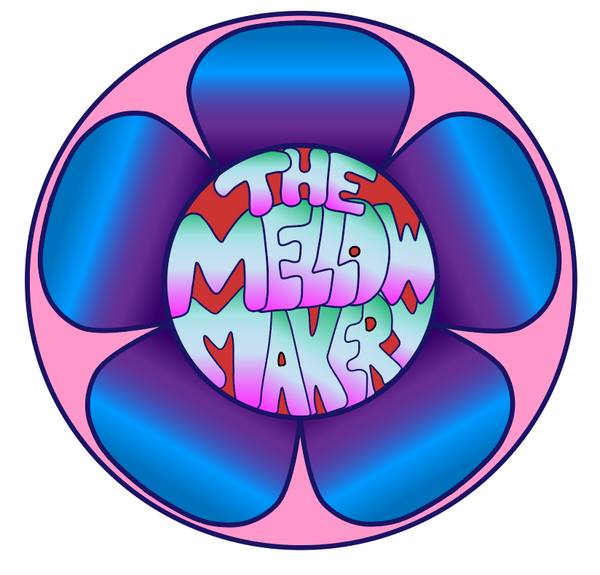Let's talk about how to choose colors for your necklace. I'll discuss the metals and the beads separately.
One way to design a necklace starts with a focal element such as a drop, charm, or amulet. In this case your fiber or cord must go through the hole in the focal piece. If it doesn't, you can always make a wire bail or wire loop to make the hole larger. You can also buy a bail and attach that to the focal piece with a jump ring or two.
If you have a piece chosen for the center of the necklace, it's always nice to make the rest of the necklace match it unless you want to do something sort of funky and unusual. So try to match the metal on the pendant, if there is any, and it's not just a stone or crystal with a hole in it.
Here are some of the metal colors available out there:
- silver
- antique silver
- gold
- antiqued gold
- high carat gold (looks oddly brassy & cheap as it is orangey yellow)
- rose gold
- brass
- antiqued brass
- copper
- antiqued copper
- gunmetal grey
- black (usually painted)
- metal painted some other color
What a dizzying array! Most of the time you'll see only silver, antiqued silver, and the low-carat, less-yellow gold color in most stores, but it's nice to know your options.
You can make the metal coordinate or contrast with the color of the beads, for example:
- Copper is orange which is the complementary color of blue, but using orange or orange-brown beads with copper would look more monochrome.
- Using white beads with black or gunmetal grey findings will be a stark contrast, while using black beads with dark metals will create a sleek, uniform look.
- Gold is a yellow metal so it will contrast highly with dark blues and purples. To smoothen the look try amber or citrine colored beads.
- Silver contrasts with black or any nonreflective color such as dark brown while it coordinates well with light blues and light greys.
Hopefully you get the idea, but just consider what look you want before choosing your findings' color. Also consider fashion--what will the jewelry be worn with? Gold and silver look more upscale, while copper and brass are more casual, whereas gunmetal grey is edgy or sleek.
Now let's talk about the beads you use: always use colors you love and feel comfortable with. You have to try out different color combinations to see which ones you enjoy most. Personally I love the colors of the ocean, fall colors, spectral colors, and jewel tones. Get to know colors better and try to understand the relationship between them, because it can be confusing. Colors seem to change based on what other colors you put them next to, which makes them seem relative, but in fact each color you see represents a wavelength of light in the spectrum of white light.
Take your colors from places you like to go such as the beach, forest, outer space, museums, archaeological digs, or whatever activates your ideas. To choose colors, sometimes I get out a lot of different beads and just hold them next to each other and ask myself how they make me feel when next to each other.
Consider: browns, greys, beiges, and even black have a whole spectra within themselves. I have my brown threads arranged in rainbow order. Yes! There are red, orange, yellow, etc browns and other neutral colors, so be aware of this when choosing neutral colors to go with your colorful beads.

